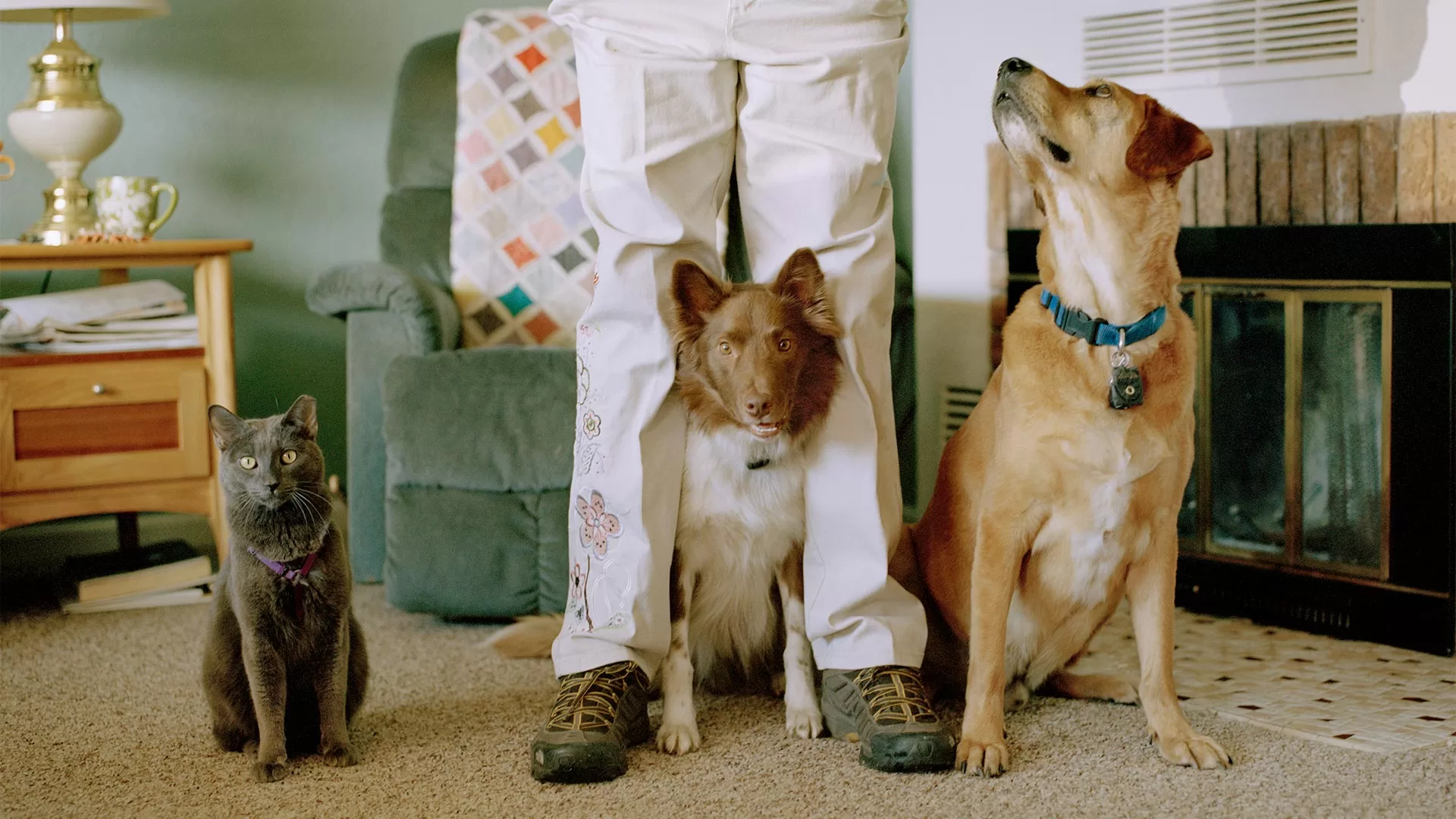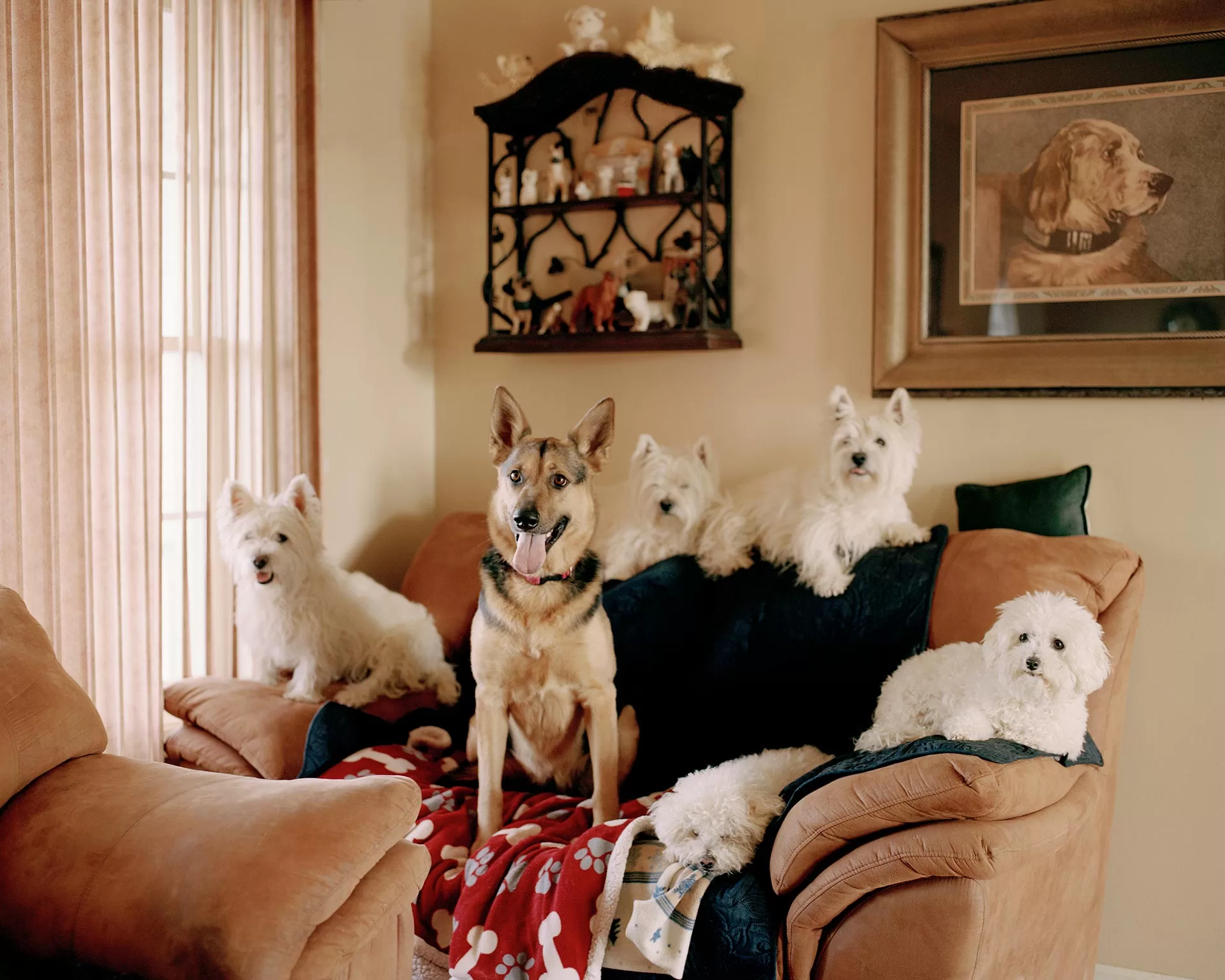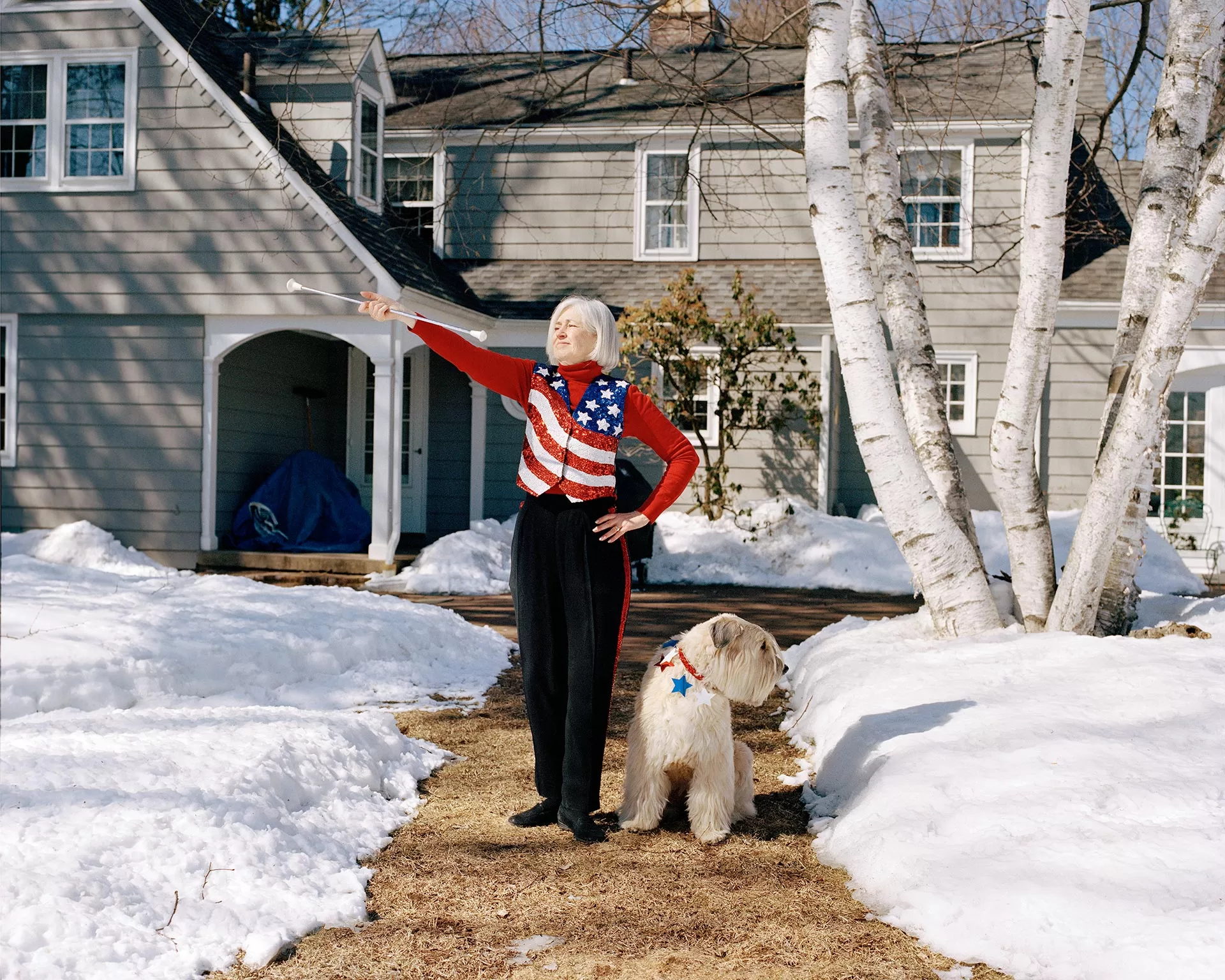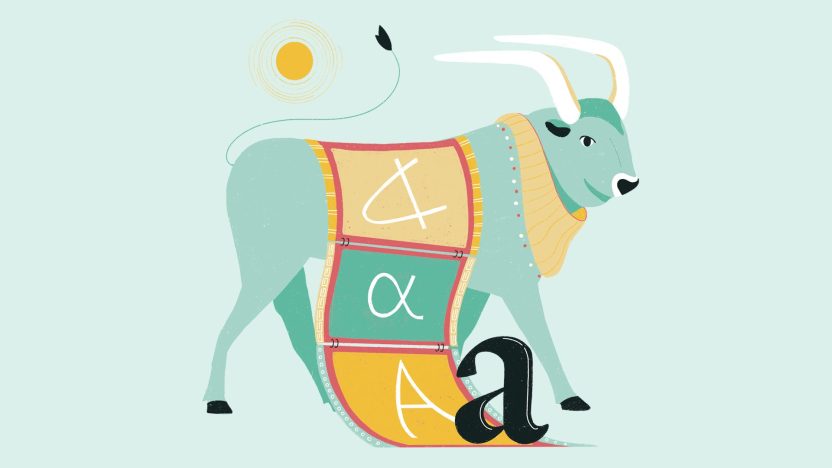
Listening to the world
Why contemporary society must rethink language and intelligence across species
In conversation with Eva Meijer by Marina Silvello
Photos by Bego Antón
In a world where humans have traditionally viewed themselves as the sole speakers of a complex language, our understanding of the multitude of intelligences that flourish beyond our species is rapidly evolving.
Renowned philosopher and writer Eva Meijer, known for her work in redefining our interactions with non-human creatures, sheds light on why it’s imperative to explore and acknowledge the myriad forms of intelligence that coexist alongside ours in the natural world.
Marina Silvello: Your work delves deep into the realm of interspecies language and intelligence, challenging traditional human-centric perspectives. Can you share your thoughts on why we need to explore and acknowledge the various forms of intelligence that exist beyond our species and how this reevaluation can reshape our understanding of the world we share with other creatures?
Eva Meijer: Many humans think that only humans speak, but other animals do as well, and plants even exhibit complex forms of communication (although here I will focus on animals). Through scientific research, we are gaining increasingly deeper insights into the inner and social lives of non-humans. While all beings deserve respect regardless of their ability to speak, the fact that animals have languages has democratic implications. Many animals have their own perspectives on life and relationships with humans and should have a voice in political issues that affect them. Learning about animals’ ways of being can help us forge new, more just, common life-worlds with them. This also matters for humans. The climate crisis shows us that considering ourselves as separate from the rest of the world and the center of creation is not only detrimental to others but also to ourselves.
While technological interventions may mitigate certain ecological problems, ultimately we need to develop a new understanding of what it means to be human as part of a larger whole. Of course, this is not really a novel concept: many indigenous communities have knowledge systems that recognize humans as part of the natural world, a perspective from which those who adhere to Western knowledge paradigms can benefit. For me personally, learning about the richness of the inner and social lives of animals has transformed my view of life: we are all part of a greater living whole in which many beings create meaning. I have also learned a lot from the animals I have shared my life with, ranging from ex-laboratory mice to former street dogs.

Everybody loves to Cha Cha Cha by Bego Antón — This is the story of women and men who dance with their dogs; and dogs who dance with their humans. The Musical Canine Freestyle is a choreographed performance in which a dog and a human move to music together. They choose a song they both like and a costume that matches the lyrics. They dance in unison, as dancing partners. They weave, jump, bow, spin, roll, walk backward or forward, or move diagonally. And sometimes, the bond between them is so strong that they enter what they call the pink bubble, that dimension where they become one being and the rest of the world disappears. Traveling through several states in the US, from New York to Arizona, I met women who dance with their dogs. I visited them in their homes to portray these teams in their dancing costumes and captured their choreographies and personal stories on film. Everybody loves to Cha Cha Cha is a combination of medium-format portraits and still lives with a short documentary.
In your book Animal Languages, you explore the diverse ways in which non-human animals communicate with each other and with humans. Could you share some fascinating examples of these communication methods that challenge traditional notions of language and intelligence?
Dolphins, parrots, and bats have names for their individuals — bats also gossip a lot. The songs of many bird species have grammatical structures, including recursion. Prairie dogs and ground squirrels also have a grammar, and they describe human intruders in great detail, including the color of their T-shirt and their hair and whether someone is familiar. The skin patterns of the Caribbean reef squid function as a color-based language composed of grammatically structured sentences. There is anecdotal evidence that chickens name the humans they live with. Chickens, which have a broad range of vocalizations, also speak to their unborn chicks. As these examples show, animal languages consist of more than just sounds — non-human animals also use touch, scent, movement, color, gestures, and so on to communicate with members of their own and other species.
Cross-species understanding can occur when non-human animals share habitats, and with humans. Humans share a long history with many non-human animals, which has fostered their ability to understand each other. Horses can use symbols to tell humans that they desire a blanket. Cats teach themselves to meow to attract human attention. Dogs and humans have co-evolved, and each species has influenced the characteristics of the other. Research shows that humans can accurately interpret dogs’ moods by listening to them bark or growl on tape and by observing their facial expressions; dogs can also read human sounds and faces. When dogs and humans who are friends gaze into each other’s eyes, they release oxytocin, the “cuddle hormone,” a phenomenon that also occurs between lovers, parents, and babies.
In your work, you raise the important question of whether there may be certain species with which humans find it challenging or even impossible to interact or species that may not want to interact with us at all. You mention recognizing the sovereignty of a fallow deer population as an example. How can we navigate situations where animals may not want to engage in our efforts to learn with them rather than just about them? Is there a risk that an emphasis on participation or collaboration might inadvertently reinforce anthropocentrism, and how can we address this concern in our approach to interspecies relations?
While it would be best to leave many animals alone, humans are the dominant species in most places in the world, so our lives and habitats often overlap, and human impact extends beyond our homes through pollution and global warming. Therefore, we need to find better ways to coexist with other animals, and some knowledge of an animal community or species is often crucial to determining how to act. Humans should step back when possible, but in some cases, we can build better relationships. These relationships should not be colonial; we should not just go in and take what we want. Nor should they be based on violence as they are now, but rather be respectful. The issue of consent is very important here. We currently have limited methods for requesting consent from other animals, but scientists are thinking about it. Especially with animals like mammals, fish, and birds, it is clear whether they want to interact with us or not. Once we stop killing animals, they may be more willing to do so. Under the current circumstances, learning about animals also makes them vulnerable, so we have to be careful.

Photos by Bego Antón
In a recent talk at the Festival della Filosofia in Modena, you mentioned the underexplored concept of “listening” in political philosophy. Could active listening potentially emerge as a new paradigm of human intelligence for understanding and respecting the agency of non-human animals?
Yes, listening is probably our most important task at the moment. We need to learn to listen better to find out what animals want from us, to build better relationships and communities, and to develop a new attitude as humans. Not so much as individuals but as communities. Listening is also important in relation to plants and environmental entities. Listening can be more than just sitting still and using your ears: it is an embodied practice that can involve different senses and activities, such as walking in nature.
You’ve emphasized the need to move away from anthropocentrism and develop new political practices that include animals. How can reimagining language in a context where diverse creatures express themselves differently help bridge the gap between human and non-human animals, both ethically and politically? And how can this awareness translate into practical changes in our interactions with animals, ranging from ethical considerations to policy-making and conservation efforts?
I am currently working on “multispecies assemblies,” a model of political participation based on popular assembly and other forms of direct democracy in which humans and non-humans have a voice. Some non-humans can speak for themselves, and others will need to be represented by humans. This requires a comprehension of (multispecies) deliberation that goes beyond human language to include the languages of other beings, as well as embodied, material, and spatial interventions. Assemblies should go hand in hand with rights that protect the interests of the vulnerable, such as personhood rights for animals and rights of nature for natural entities.
It may be difficult to imagine how animals could be granted significant freedoms when there are so many of us humans. How do you deal with the balance between the need to adhere to established legal and social frameworks, even when they restrict animal agency in individual interactions, and the broader goal of reshaping these systems to dismantle anthropocentrism and humanism at a structural level? And how does this balance link to the challenges of envisioning a shift toward more inclusive and cooperative relationships with animals in a world where resources are often viewed as contested?
We should abolish the use of animals for food, entertainment, science, and other purposes, to end the great suffering that occurs in these industries. Ending animal agriculture will also lead to less pollution — it is currently one of the largest contributors to climate change — and free up land that can be used to grow food for humans (instead of animals that humans then consume). Research shows that a vegan diet would be one of the most promising interventions toward solving the world food problem. Humans should also respect the right of other animals to land (or sea, or sky), because there is no justification for considering it our property; it is a right that humans have granted themselves. In terms of ecopolitical progress, we are all in the same boat: everyone on our planet benefits from a more sustainable lifestyle. Furthermore, working toward multispecies justice in this way is not a limitation but a practice that leads to a different kind of well-being, one that is not self-centered but connected to the well-being of others rather than to consumerist notions of the good life.






 in Italy
in Italy